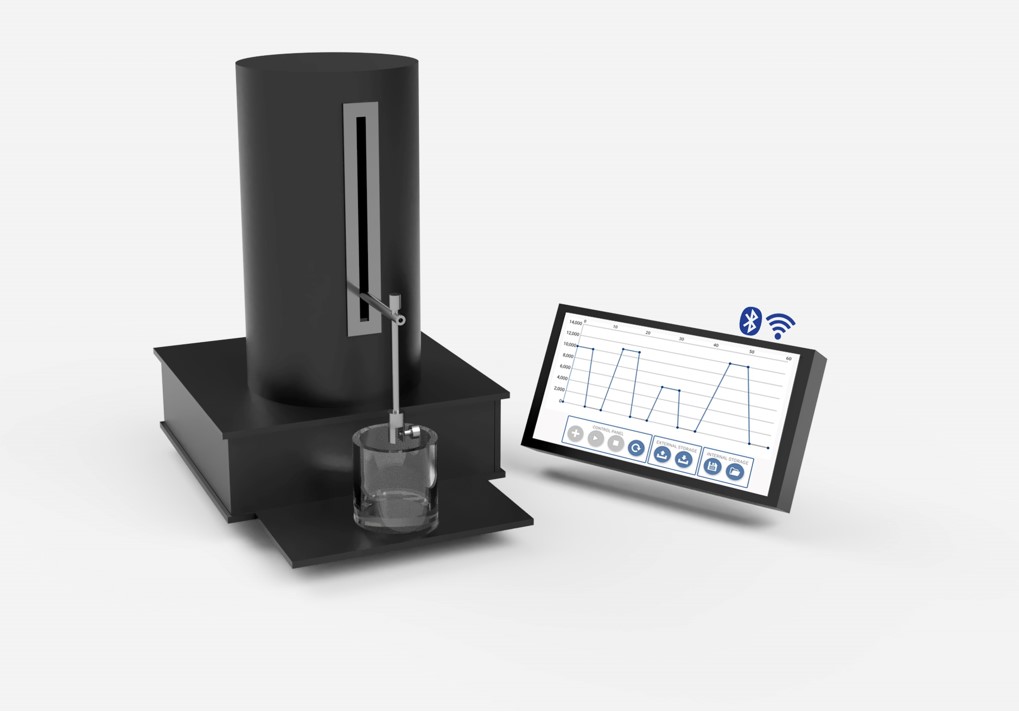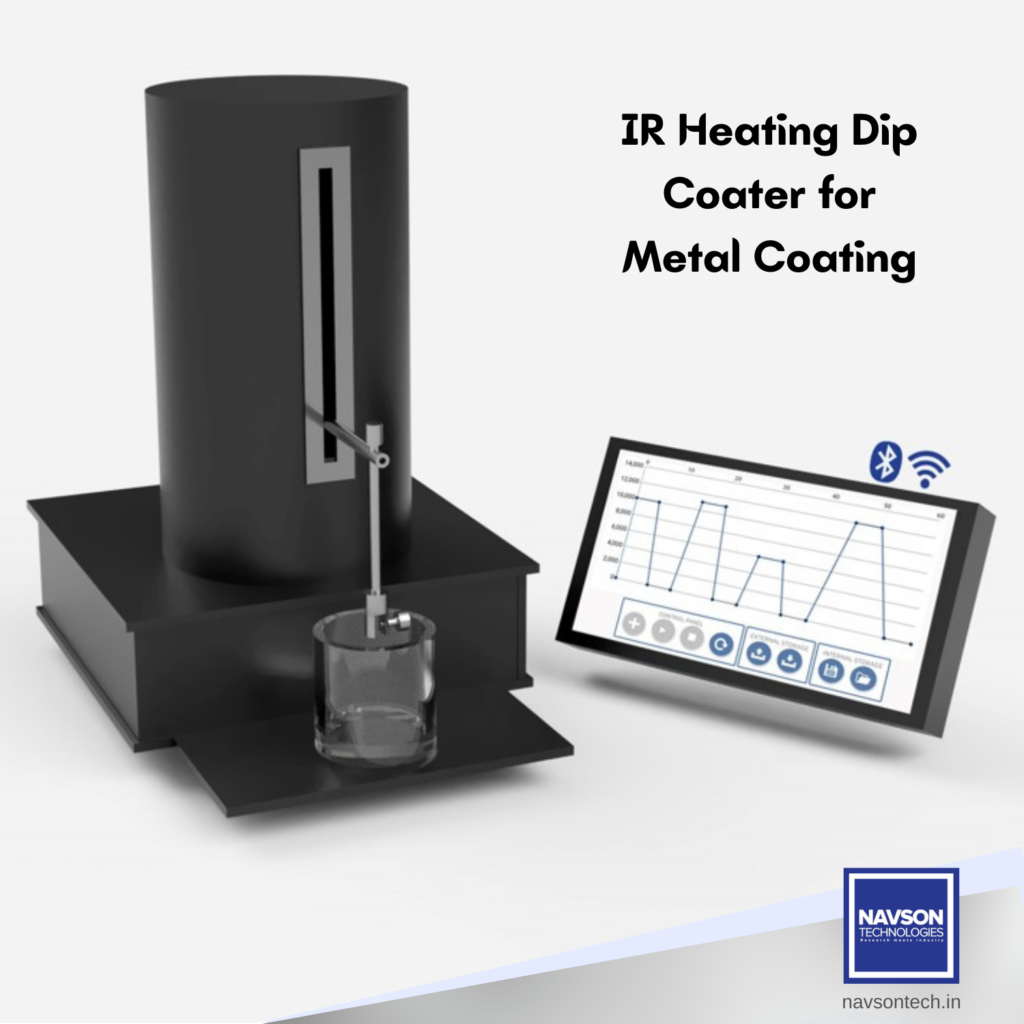Organic light-emitting diodes (OLED) is a flat light emitting technology, which has attracted considerable attention in the industry, due to their eco-friendly nature, low power consumption, better durability, self-illumination and improved image quality. Conventionally vacuum evaporation method is used to prepare OLED electrodes but it has complicated vacuuming processes and low economic efficiency. Here IR heating Dip Coater can be used.

These silver electrodes can be easily prepared by the dip-coating method and sintering the silver film by infrared process. This process is not only energy efficient but also economically feasible.
IR heating Dip Coater Process
Silver electrode films were prepared by dip-coating after setting the cycles and the rates of pull-ups and other parameters. Polyvinylpyrrolidone (PVP) is used as the stabilizer as well as the anisotropic agent. Infrared is used to achieve the sintering of the dip-coated silver films. The silver electrode is directly irradiated and sintered by infrared light from the top side. It promotes the deformation of PVP on the surface of silver nanoparticles and improves the conductivity of the silver film. As the silver particles are in close contact, due to infrared light, conductivity and flatness of silver electrodes is improved. In conventional sintering at 250°C for 30 min, a silver film with a sheet resistance 0.94 Ω sq−1 is be obtained. While in infrared sintering at 250 W for 30 min, the sheet resistance becomes 0.89 Ω sq−1. Conductivity of silver film can be increased by increasing irradiating power and time in infrared sintering.

